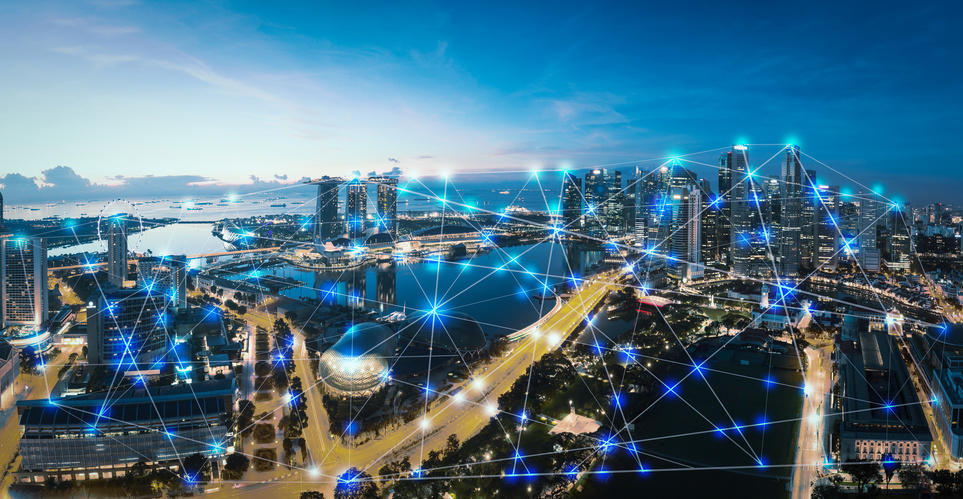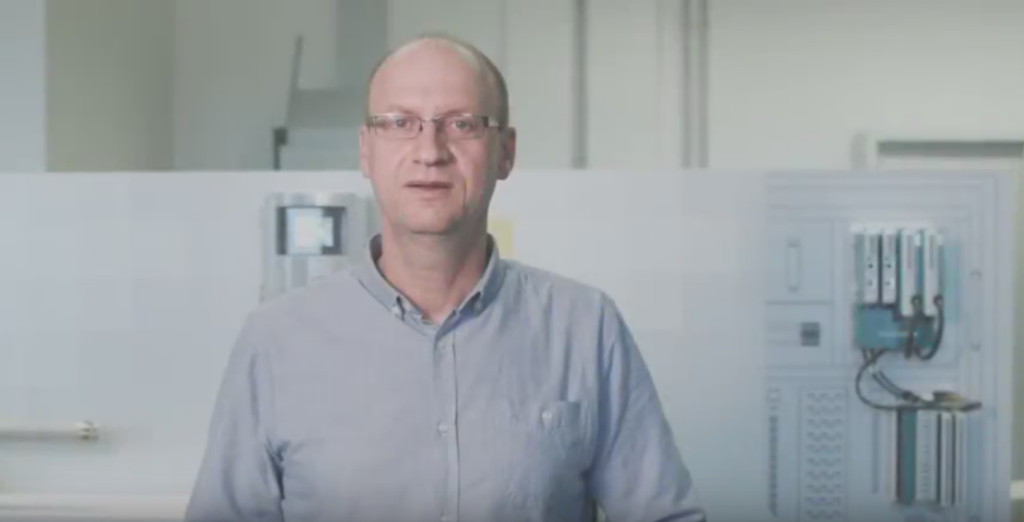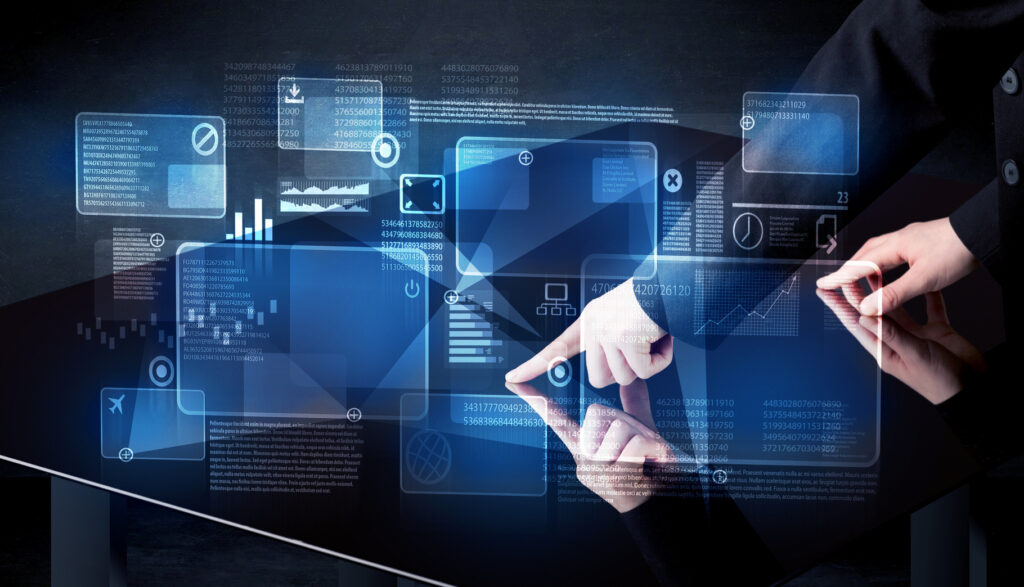E-health, smart homes, smart cars, smart cities and smart production – these are all rapidly becoming established and are typical, recent examples of the so-called “Internet of Things” (IoT).
Kevin Ashton, the 50 year-old British technologist, was responsible for coining this term, which has long found its way into the dictionary and recently turned 20 (on February 21, to be precise). Ashton first used the – meanwhile ubiquitous – abbreviation “IoT” back in 1999. He did so while driving the development of sensor and identification technologies at the Massachusetts Institute of Technology in the late nineties. In retrospect, it was these technologies which paved the way for the exchange of data between machines. Or, put another way, for the Internet of Things, which enables smart devices to communicate both with one another and with their human owners in digital networks.
Open, ad hoc connections between sensors
According to Ashton, the IoT means “sensors connected to the Internet and behaving in an Internet-like way by making open, ad hoc connections, sharing data freely and allowing unexpected applications, so computers can understand the world around them and become humanity’s nervous system”.
And if we consider the enormous influence which Ashton’s invention has on everyday life today, it’s no wonder that he, as the “father” of IoT, has come to be regarded as a true technology pioneer. This deep admiration is all the more justified if we take a look at the raw statistics. Since 2013, the number of networked devices worldwide has been increasing at a rate of 33 percent a year. There were 6.4 billion such devices globally in 2016. The momentousness of Ashton’s “baby” is even more obvious if we imagine the IoT being suddenly put on hold – or, worse still, done away with altogether – from one day to the next.
The global consequences would be disastrous.
Without the IoT there’d be standstill
Not necessarily because Amazon’s Alexa and Google Home would run out of things to say and notorious hackers would be left with virtually nothing to do. It would be far more serious than that: sensors would no longer supply data, machines would no longer be issued with control commands and whole factories would be brought to their knees.
The principle on which IoT works is relatively simple – at least in relation to the overall effect – namely transmitter, receiver, detector. Objects (transmitters) share information online via mobile connections both on their own state and on their immediate environment. This information is evaluated and analyzed by the receiver. Finally, there is a response – either controlled by suitable algorithms in an analysis system or (increasingly seldom) by a human being (detector).
This sequence can not only be transferred to production or logistics processes (from remote maintenance through optimized manufacturing time and precision to theft protection). Smart homes (e.g. automatic control of the heating or roller blinds), smart cars (e.g. tire pressure sensors) and e-health (e.g. fitness trackers) function in the same way and are designed first and foremost to make daily life easier and safer while saving time and money.
Don’t bury your head in the sand, take the initiative
The digital transformation is steadily gathering pace, and as yet there is no end in sight. We can therefore only speculate at present on the consequences the IoT will have in the future. At the same time, there’s no denying that the Internet of Things has already revolutionized production and many other processes in daily life, both at work and outside. What was previously taken for granted is now surrounded by uncertainty, in some cases, even disappearing completely from our everyday lives. If there’s one thing we can be sure of, it’s that in these times of change for modern (manufacturing) society we can’t afford to bury our heads in the sand. We may not yet know how the ongoing digital transformation will impact on our ways of living, working and manufacturing in the next 20 years, but we can be in no doubt that the IoT, digitalization and Industry 4.0 are more than just irreversible trends; they simultaneously provide numerous and frequent opportunities leading – unsurprisingly – to revolutionary changes and upheavals. And we would be well advised to take the initiative here from the outset, to ensure that we exercise influence and reduce the risks to a minimum. Simply standing on the sidelines and watching as the world continues to evolve at breathtaking speed is not a viable strategy for anyone.
On that note, thank-you Kevin Ashton and happy birthday to the Internet of Things. Here’s to the next 20 years!





YES